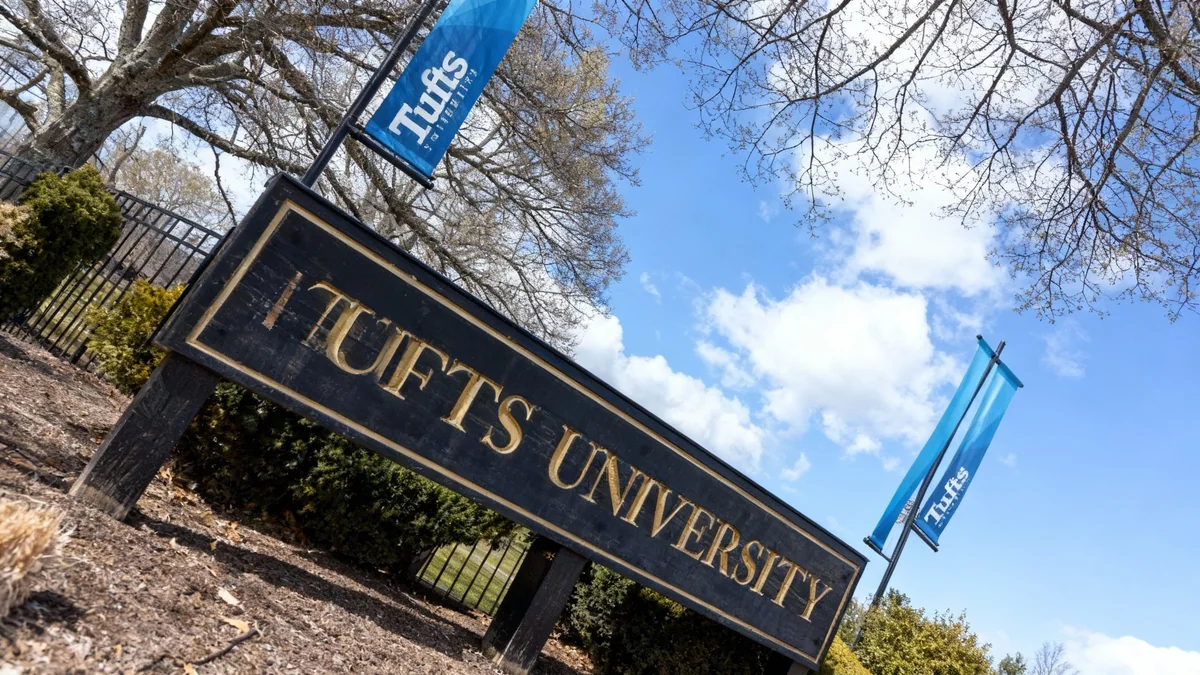The Austin Independent School District (AISD) Board of Trustees has approved a contentious plan to close 10 schools before the 2026-27 academic year. The decision, made in the early hours of Friday morning, aims to resolve a significant budget deficit and address under-enrollment across the district.
The vote followed weeks of community meetings and protests from parents, students, and staff who voiced strong opposition to the closures. District officials state the move will generate an estimated $21.5 million in savings, covering a projected $19.7 million budget shortfall.
Key Takeaways
- The AISD Board of Trustees voted to close eight elementary schools, two middle schools, and one high school program.
- The plan is projected to save $21.5 million, eliminating the district's budget deficit.
- The decision was met with widespread community opposition, including hours of public comment urging the board to reject the proposal.
- Major changes are also coming to the district's dual language and Montessori programs, which will be relocated to new campuses.
- District officials will now focus on reassigning staff from closing schools and assisting families with student transfers.
A Difficult Decision to Address Financial Pressures
The approved plan will shutter eight elementary schools: Barrington, Becker, Dawson, Oak Springs, Ridgetop, Sunset Valley, Widén, and Winn Montessori. Additionally, Bedichek and Martin middle schools will close their doors. The district will also discontinue International High School, a program designed for newly immigrated students, citing low enrollment.
Superintendent Matias Segura acknowledged the difficulty of the decision during the board meeting. He explained that the district faced immense financial challenges that required significant action.
“This is difficult, and I wish we didn’t have to do it. But the pressures are gargantuan, and without significant change, we will not be the school district that ultimately can protect who we are moving forward.”
The closures are expected to reduce the number of underutilized classroom seats in the district by 6,319. AISD currently has more than 20,000 empty seats, a situation that strains resources and operational efficiency.
By the Numbers
- 10 Schools: The total number of campuses slated for closure.
- $21.5 Million: Estimated annual savings from the closures.
- $19.7 Million: The budget deficit the savings are intended to cover.
- 6,319: The number of 'empty seats' the plan will eliminate.
Community Voices Plea with the Board
The board's vote came after nearly three hours of emotional public testimony. Parents, teachers, and even young students took to the microphone, almost unanimously pleading with trustees to find an alternative solution. Their comments highlighted the deep community ties and the sense of safety and belonging these schools provide.
Téo Vigil, a third-grade student at Ridgetop Elementary, stood on a chair to be heard. “At school, I learned to listen to my feelings. When I think about this plan, it makes me feel sad, worried and confused,” he told the board. “I think you should listen to your feelings, too. Good choices do not feel like this.”
Andria Hyden, a band director at Bedichek Middle School, described the campus as a sanctuary for many of its students. “Middle school is already one of the hardest stages of childhood," Hyden said. "Asking students to start over across three different campuses, to rebuild friendships, to search for trusted adults... is not what’s best for their emotional or academic well being.”
Initial Plan Scaled Back
The original proposal, released in October, was even more extensive, calling for the closure of 13 schools and redrawing attendance boundaries for nearly every campus in the district. After receiving over 7,000 pieces of community feedback, district officials reduced the number of closures to 10 and delayed the broader rezoning plan.
Major Program Relocations and Consolidations
Beyond the closures, the plan involves significant restructuring of some of the district's most popular specialized programs. This will impact hundreds of students currently enrolled in dual language and Montessori education.
Shifts in Dual Language Education
The district’s premier dual language programs, currently at Becker, Ridgetop, Sunset Valley, and Reilly elementary schools, will be moved. The new host campuses will be Sanchez, Pickle, Wooten, and Odom elementary schools. According to the district, this move is intended to better serve the emergent bilingual student population, many of whom primarily speak Spanish at home.
Current dual language students will receive priority transfers to the new locations. Odom Elementary is set to become the district's only campus-wide, non-zoned dual language school, where nearly all instruction is delivered in both English and Spanish.
Montessori Program Moves
With the closure of Winn Montessori, its program will be relocated to Reilly Elementary. Students from Winn will be given priority to transfer to Reilly to continue their Montessori education.
What Happens Next for Students and Staff
With the plan now approved, AISD administration will spend the rest of the school year managing the complex logistics of the transition. The immediate focus will be on reassigning teachers and staff from the closing schools.
Superintendent Segura said the process will begin with a survey to gauge teacher preferences for their next assignment. To prioritize internal staff, the district plans to implement a hiring freeze for external candidates starting in January.
For families affected by the closures, the district will hold “enrollment clinics” in December to provide guidance on transfer options. However, some board members expressed concern that more support is needed. Trustee Kevin Foster called for a more comprehensive plan to help what he described as “massively confused” communities navigate the changes.
Discussions about the district's future are far from over. In the spring, AISD will revisit the possibility of additional school closures and the controversial redrawing of attendance boundaries. Foster emphasized the need for a better community engagement process moving forward, stating, “Folks got to be at the table, walking through it, talking through it.”





